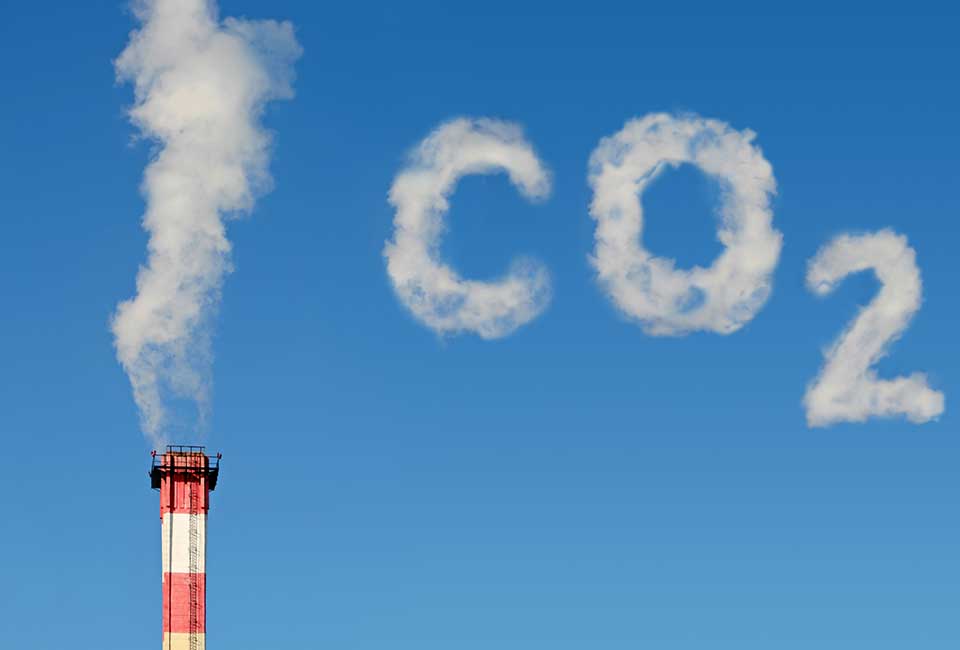
CO2 emissions from fuels such as heating oil and gas fell significantly in 2023 compared to the previous year. However, emissions from fuels such as petrol and diesel have remained at the previous year's level.
The Federal Office for the Environment FOEN speaks of a success, as emissions from fuels, adjusted for weather conditions, fell by 8.8% compared to the previous year and were 41.7% lower than in 1990. The FOEN attributes the reduction primarily to the improved energy efficiency of buildings and the increased use of renewable energies for heating. The efforts of the cantons would contribute significantly to this. Gas consumption in particular fell significantly for the second year in a row in 2023.
Emissions from fuels remained unchanged in 2023
CO2 emissions from fuels remained the same in 2023 compared to the previous year. Compared to the base year 1990, fuel emissions have fallen by 5.2% overall. The fact that emissions did not rise again after 2022 is due to the pandemic-related change in mobility behavior (more working from home and fewer business trips) as well as the growing share of electromobility in road traffic. The share of biogenic fuels in total fuel consumption also increased slightly to 3.6% in 2023 (2022: 3.4%).
The FOEN uses the annual CO2 statistics to monitor the development of CO2 emissions from combustibles and fuels. To ensure that the years are statistically comparable, the influence of winter weather on heating oil and gas consumption is mathematically balanced by means of the so-called weather adjustment.
Weather adjustment of emissions
In the weather adjustment, the influence of the winter months, which vary in coldness from year to year, on the increase or decrease in heating energy consumption is determined and converted to average weather conditions. The so-called heating degree days (days on which the temperature remains below 12 degrees Celsius) and the solar radiation during the winter months (an important determinant of fuel consumption for well-insulated houses) are used as a measure. The method of weather adjustment in the CO2 statistics corresponds to that of the SFOE's (Swiss Federal Office of Energy) overall energy statistics.